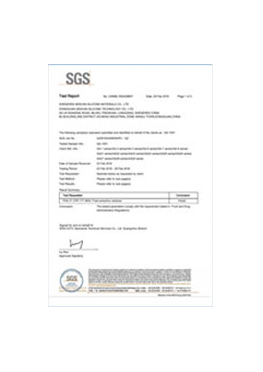Nov . 09, 2024 23:15 Back to list
High-Performance Shaft Designed for Extreme Pressure Applications and Durability
Understanding High Pressure Shafts Applications and Importance in Engineering
High pressure shafts are integral components in various engineering applications, particularly in industries that require efficient transfer of power and fluids under significant pressure. They play a critical role in systems such as turbines, compressors, pumps, and various types of machinery where high-pressure conditions are the norm. This article aims to explore the design, functionality, and applications of high pressure shafts, providing insight into their importance in modern engineering.
What is a High Pressure Shaft?
A high pressure shaft is typically defined as a mechanical component designed to transmit torque and withstand high-pressure conditions without deforming or failing. These shafts are often made from high-strength materials like stainless steel or alloy steel, which offer excellent tensile strength and resistance to corrosion. The design of these shafts involves intricate engineering to ensure that they can handle the stresses and strains imposed by high-pressure environments.
Design Considerations
When designing high pressure shafts, engineers must consider several critical factors
1. Material Selection The right material is fundamental to ensure durability and performance. High tensile strength materials are often employed to prevent failure under extreme conditions.
2. Diameter and Length The dimensions of a high pressure shaft must be optimized to balance strength and flexibility. A thicker shaft can handle higher pressures but may also increase the overall weight of the system.
3. Surface Treatment To enhance performance and longevity, surface treatments such as hardening or coating may be applied, reducing wear and increasing resistance to corrosive environments.
4. Friction and Wear High pressure shafts often experience significant friction, so bearing technologies or lubrication systems must be integrated to enhance efficiency and reduce wear.
Applications of High Pressure Shafts
high pressure shaft

High pressure shafts are widely used across different sectors, some of which include
1. Hydraulic Systems In hydraulic machinery, high pressure shafts help transmit hydraulic power efficiently, ensuring the operation of heavy equipment like cranes and excavators.
2. Turbochargers In automotive engineering, turbochargers utilize high pressure shafts to compress air entering the engine, thereby increasing its efficiency and power output.
3. Pumps and Compressors High pressure shafts are crucial in various pumps and compressors which need to deliver fluids or gases at high pressures, such as in oil and gas extraction.
4. Aerospace Engineering In the aerospace industry, these shafts are used in turbine engines where they must perform reliably under extreme pressures and temperatures.
5. Industrial Machines Many industrial machines that require high-pressure fluids, including textile machinery and manufacturing equipment, rely on these robust shafts.
Challenges and Innovations
Despite their essential role, high pressure shafts pose certain challenges. The continuous operation under high pressure can lead to fatigue and eventual failure, making regular maintenance crucial. Engineers are constantly seeking innovative solutions to improve the reliability and performance of these components.
Recent advancements in material science have led to the development of more resilient alloys and composites, which enhance the performance of high pressure shafts. Moreover, the integration of smart technologies, such as sensors for real-time monitoring of stress and temperature, has revolutionized how these shafts are utilized, allowing for predictive maintenance and reducing downtime.
Conclusion
High pressure shafts are essential components in various engineering applications, enabling efficient operation under demanding conditions. Their design and construction require careful consideration of materials, dimensions, and application-specific requirements. As industries continue to evolve, the importance of high pressure shafts will remain significant, driving innovation and advancements in engineering practices. The ongoing development of materials and technologies will enhance their performance, ensuring that they meet the ever-increasing demands of modern machinery and systems. Understanding these components is crucial for engineers and technicians working in fields that involve high-pressure applications, paving the way for improved efficiency and safety in mechanical operations.
-
TCN Oil Seal Metal Ring Reinforcement for Heavy Machinery
NewsJul.25,2025
-
Rotary Lip Seal Spring-Loaded Design for High-Speed Applications
NewsJul.25,2025
-
Hydraulic Cylinder Seals Polyurethane Material for High-Impact Jobs
NewsJul.25,2025
-
High Pressure Oil Seal Polyurethane Coating Wear Resistance
NewsJul.25,2025
-
Dust Proof Seal Double Lip Design for Construction Equipment
NewsJul.25,2025
-
Hub Seal Polyurethane Wear Resistance in Agricultural Vehicles
NewsJul.25,2025
-
The Trans-formative Journey of Wheel Hub Oil Seals
NewsJun.06,2025
Products categories
















